The Camaro is going away but may come buzzing back; what would Smokey Yunick think?
- Oops!Something went wrong.Please try again later.
- Oops!Something went wrong.Please try again later.
I was a little late to the party for that new Smokey Yunick monument next to his old garage property in Daytona Beach.
But I paid my respects this past week.
It's the latest worthy project completed by the local Motor Racing Heritage Association, a nearly 30-year-old group that does heavy lifting in promoting and preserving the area's ties to horsepower.
After visiting ol' Smokey, I came home, logged into the cyber universe, and learned about the coming death of another muscular American legend: The Chevrolet Camaro.
Oh, it’s not dead dead. It’ll likely return, but without the potential for a Sam Elliott impression. No more deep-lunged growls. Just a buzz — at least that’s the best guess.
How are these two things related, Smokey and the Camaro? Glad you asked.
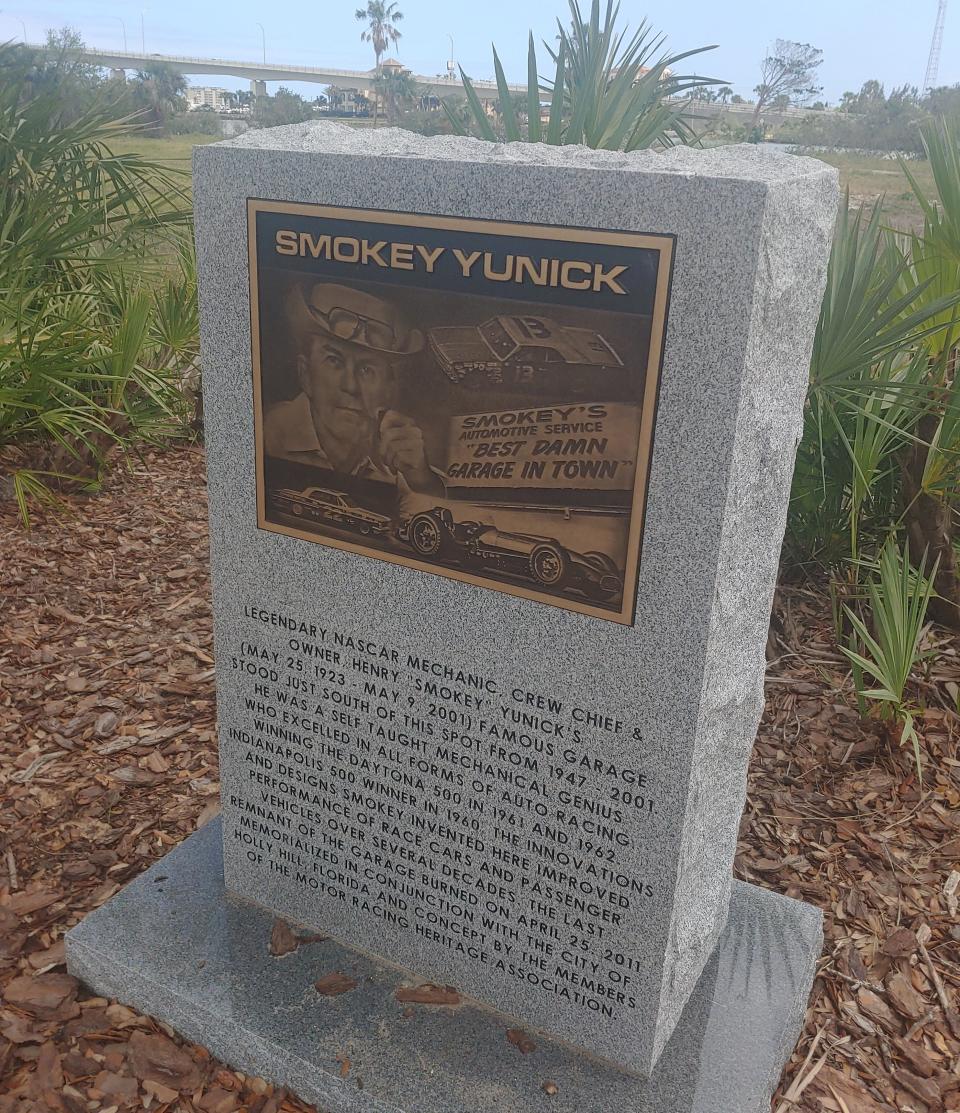
Upon learning Chevy was dumping the Camaro, at least as we’ve known it, the first thought went to NASCAR, where the Camaro lives (in name and badge, at least) as Chevrolet’s entry in America’s big-league racing enterprise. They’re good through 2024, it turns out, but after that, they’ll have to find a replacement in order to keep with the constitutional mandates.
It's a long story.
REMEMBERING SMOKEYRenowned mechanic Smokey Yunick was many things -- most of all, he was unforgettable
NASCAR ON A C-NOTEBest bets at COTA: Kyle Larson favored? Chase Elliott is back? Let's roll to Austin
Thoughts, still constrained to the auto-racing realm, turned to the memory bank and things learned from the history books. As in … Camaro … Roger Penske … Mark Donohue. Ah, the Captain and his wheeling partner, who built much of their "unfair advantage” with a Camaro.
But, having just returned from Smokey’s head stone — it sure has the look of one — an old story gnawed away. The gnaw had to be satisfied, and satisfied it was. Smokey and the Camaro? Damn right.
In February of 1967, Smokey put Curtis Turner in a Chevelle that wouldn’t pass the first sniff-test of today’s NASCAR inspection bay. He entered it at Daytona as an absolute rebel — only Ford and Chrysler were competing in NASCAR, but Smokey had a plan, which involved a shrink-wrapped Chevelle that battled less wind than its full-sized competition.
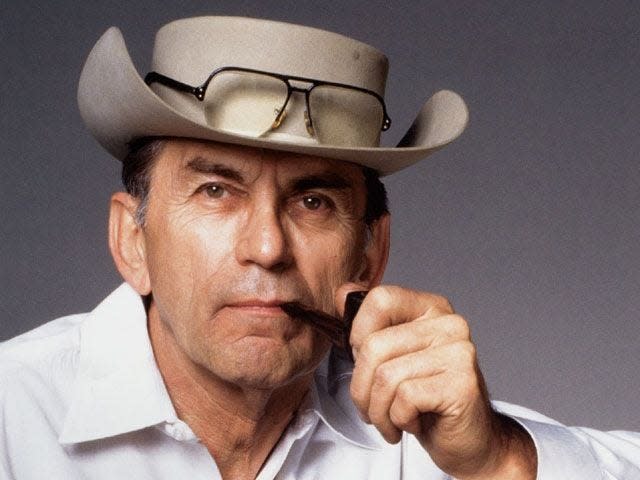
Curtis took that car to the Daytona 500 pole, which was a very big deal in those days, but the engine let loose long before the finish and the car was hauled back to Smokey’s “Best Damn Garage in Town,” on the mainland bank of the Halifax, just north of the Seabreeze bridge.
Seven months later, Smokey and Chevy’s new competition to Ford’s white-hot Mustang, the Camaro, were hell-bent on making some noise. Smokey hauled his Camaro creation to Utah’s Bonneville Salt Flats, which had long ago replaced Daytona’s hard-packed beach as the home of automotive speed records.
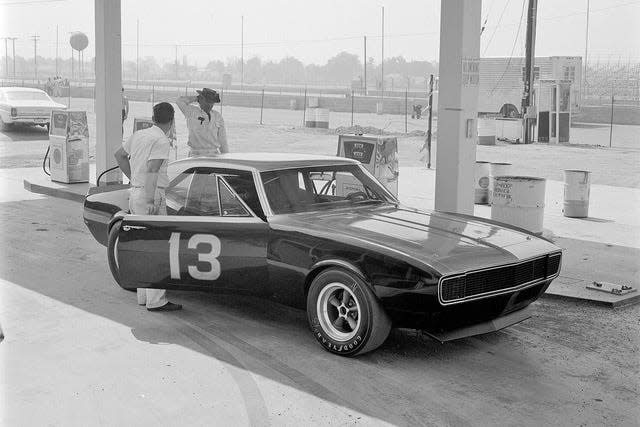
Every non-safety piece of the car, Smokey insisted, was the same piece that came off the showroom floor. Yeah, but …
In a Motor Trend article seven years ago, Thom Taylor quoted car guy Vic Edelbrock, who eventually bought Smokey’s ’67 Camaro
“The front suspension points were relocated and the sub-frame was Z-cut and rewelded to allow for a lower floor pan. The entire body was acid-dipped, the hood and front fenders are reshaped and are wider and lower, and every surface under the body was made smooth and reshaped to reduce drag.
“The windshield was laid back and the drip rails pulled in flush with the body.”
Other than that, bubba, pure stock.
Smokey was mastering aerodynamics a full generation before it became a “thing” in stock-car racing. Even had his own scaled-down dyno in the shop.
Thom Taylor’s well-researched story included the tale of Smokey towing a trailer from his Daytona Beach garage to Bonneville to set some records. Why? Because he saw the perfect combo of the Camaro’s inherent aero advantages mixed with its brute-strength, all-American, internally combusted horses.
But first, he drew up a U-turn, by way of Riverside Speedway in California, where he arranged to meet legendary racer Lloyd Ruby — and some alerted media, particularly Hot Rod Magazine’s Jim McFarland, for a few hot laps around the grand old road course while Bud Moore was on hand prepping for an upcoming Trans Am Series race (the Mission Bell 250, won by a NASCAR moonlighter named David Pearson, by the way).
McFarland: “Ruby got into the car, Smokey motioned him onto the track … Smokey gives him the signal, and Ruby clipped off three laps, each one quicker than the other, and all of them quicker than the pole time from the previous year.”
Ruby parked the car and left the scene. Smokey loaded it on the trailer and pointed his truck toward Bonneville. And if you ever spent five minutes with Smokey, you can guess what came next, according to McFarland.
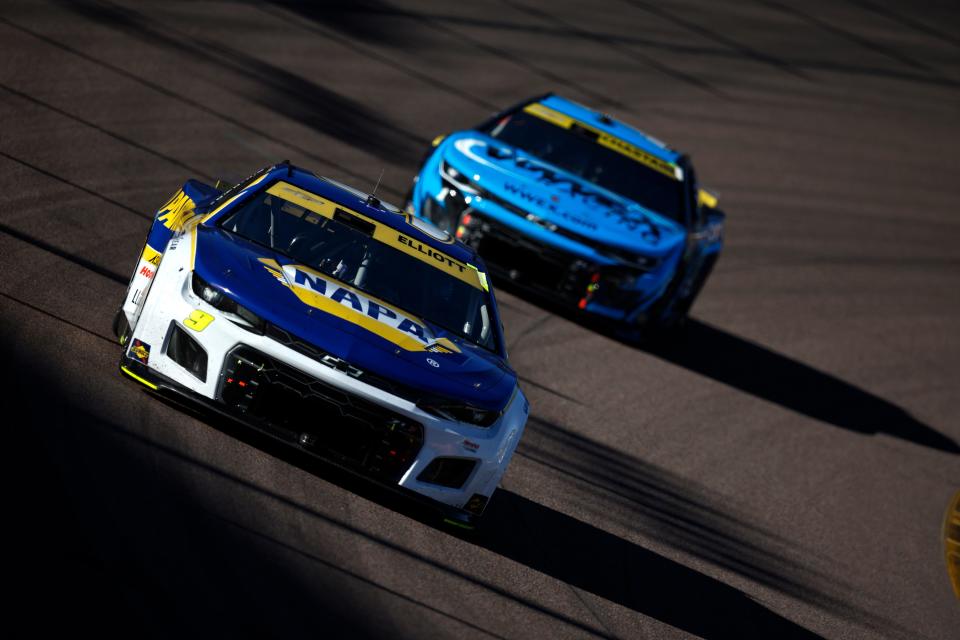
“He got in the pickup and said, ‘I'll see you sons-a-bitches later.’ ”
He then went to Bonneville and over the ensuing two weeks rewrote lots of speed and endurance records with that Camaro.
Assuming you had any quality moments with Henry Yunick before his 2001 passing, you have to wonder what he’d think about today’s demise of the Camaro, as we’ve known it, it’s likely return in some electrified form, and the whole electric wave we’re now witnessing.
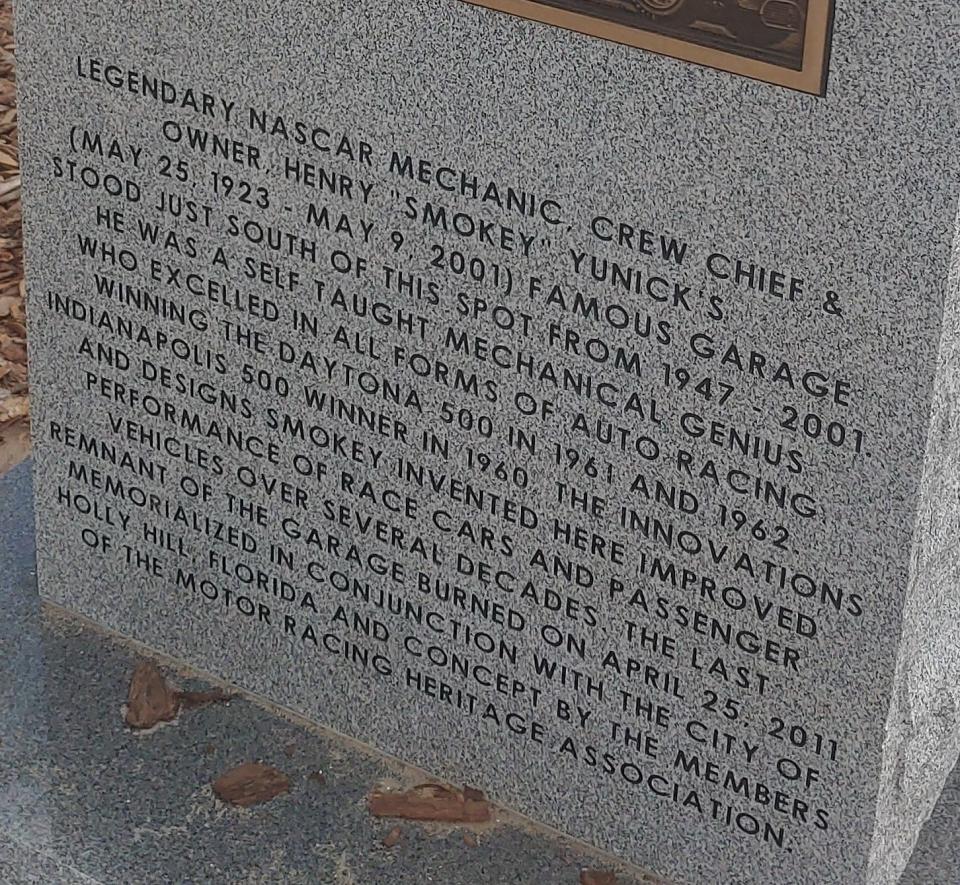
Would he view it as a phenomenon that’s way out beyond its logistical capabilities? Less than ideal range, far-less-than-ideal recharging arrangements? Batteries that remain too big, too heavy, and too expensive to replace if necessary?
And what’s more, batteries in need of rare-earth metals us Americans buy from others because we need an act of Congress — or a bureaucratic whim — to sink a shovel into the ground these days?
Or would Smokey embrace the new technology and try to find a way to blend the positives — there are plenty, of course — with the desire for dependable power and, who knows, maybe some masculine noise?
It'd be an interesting discussion, to say the least.
— Reach Ken Willis at ken.willis@news-jrnl.com
This article originally appeared on The Daytona Beach News-Journal: The Camaro is leaving, Smokey Yunick is gone; a sad sign of the times

